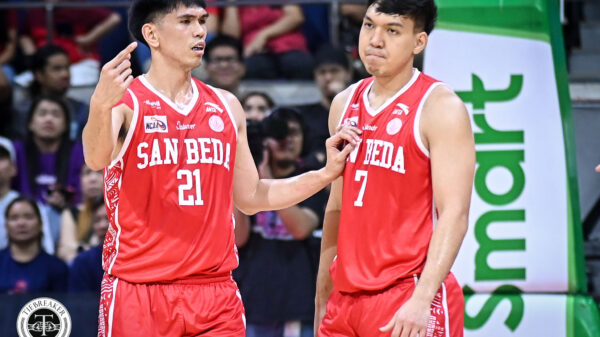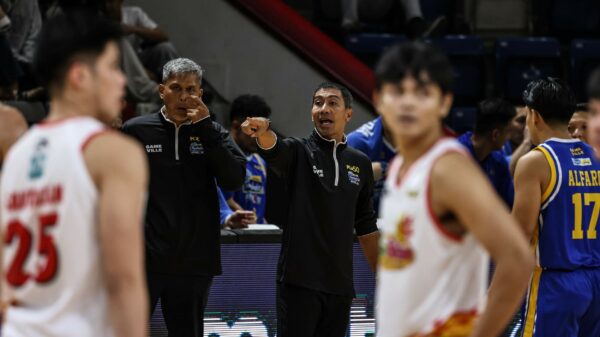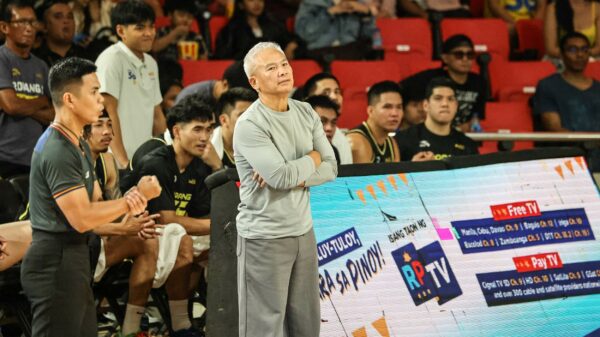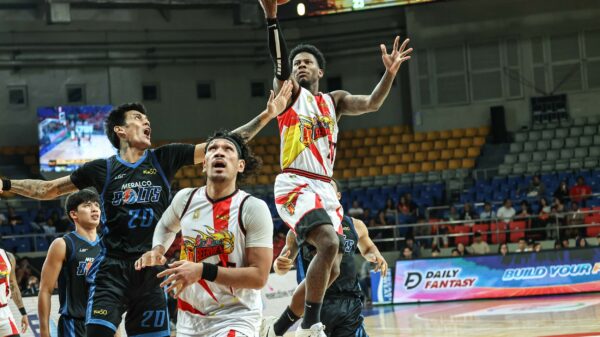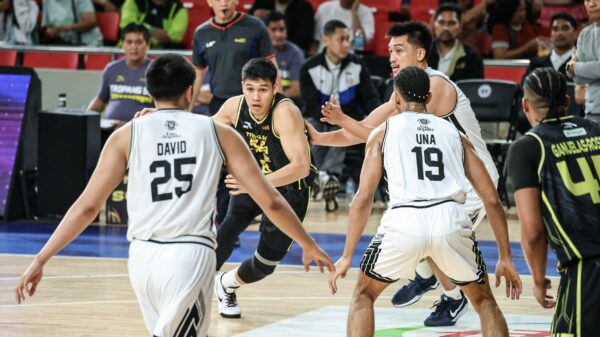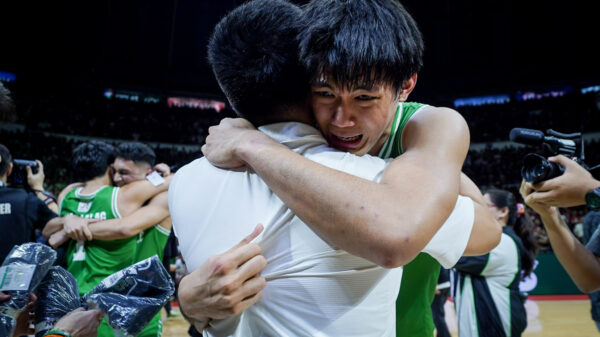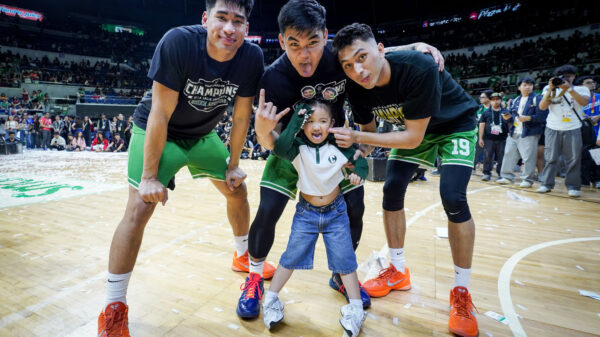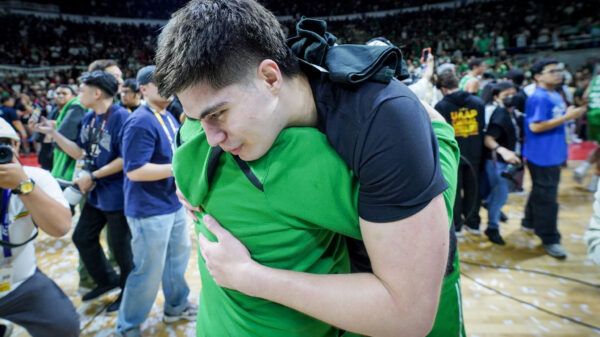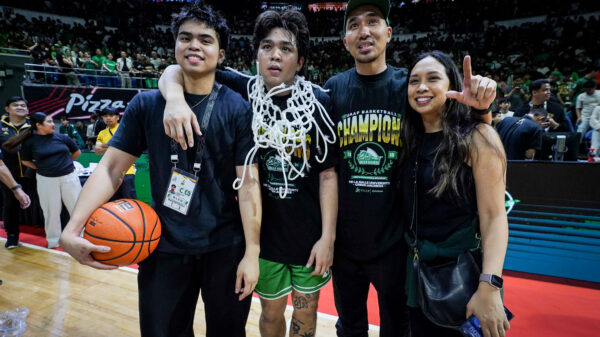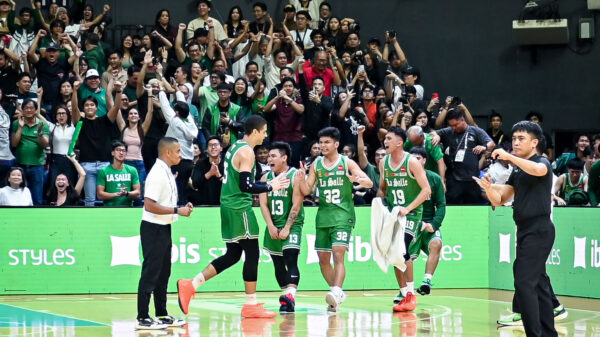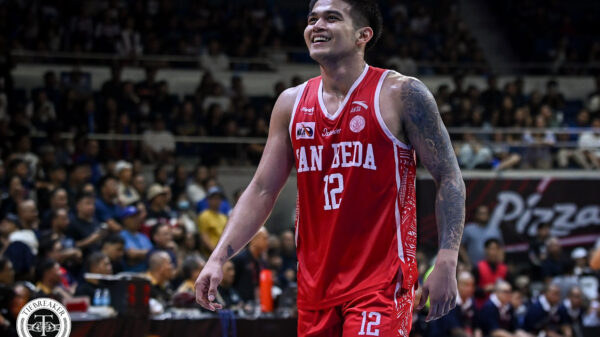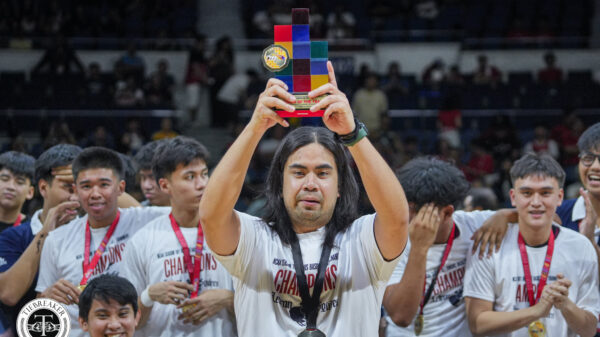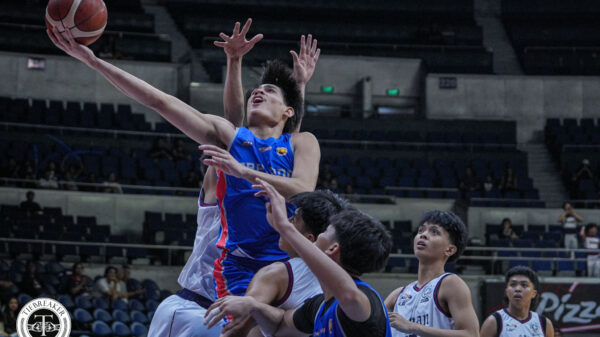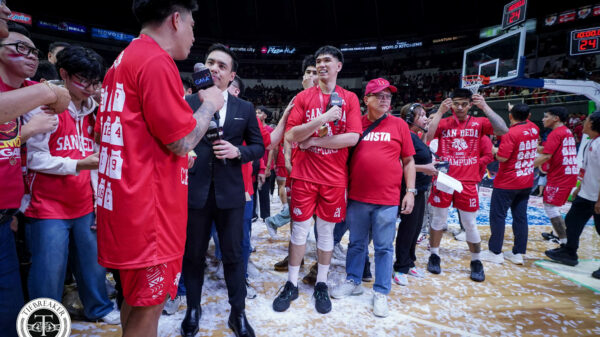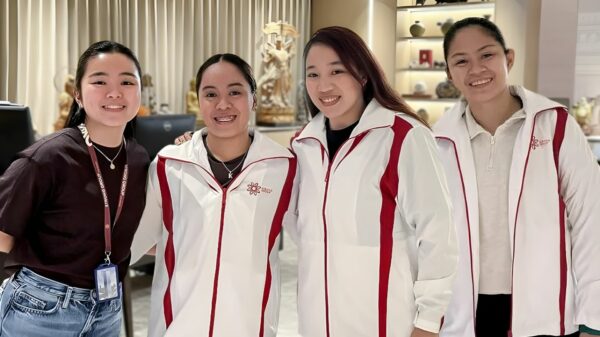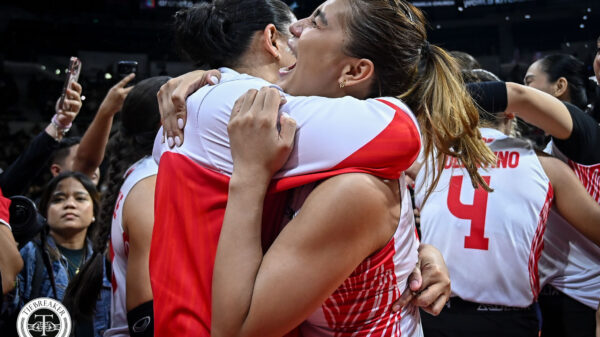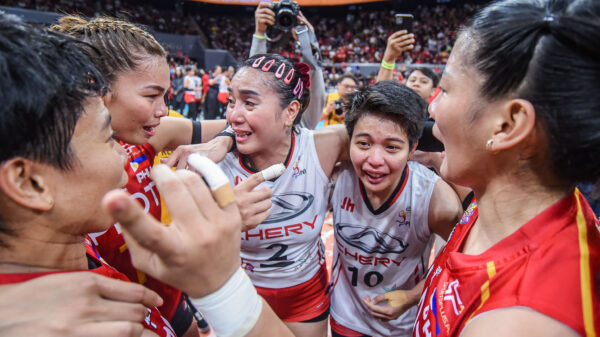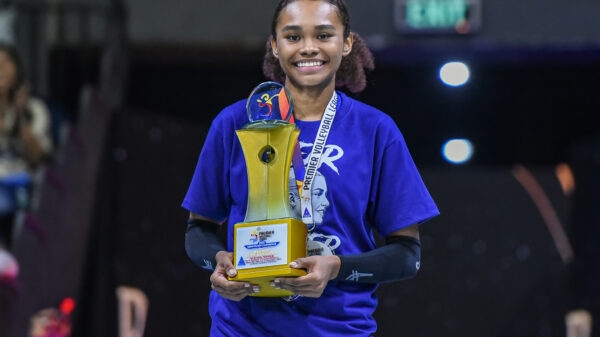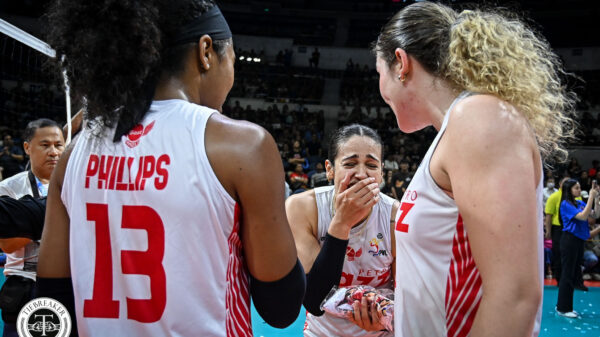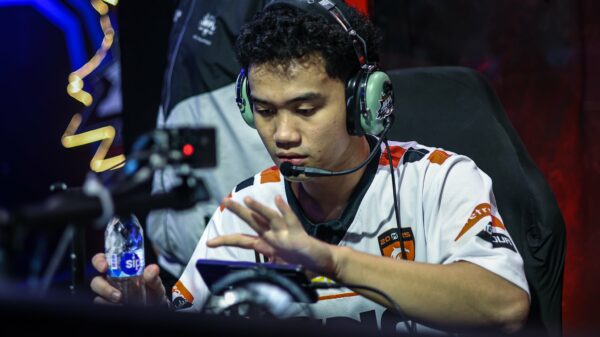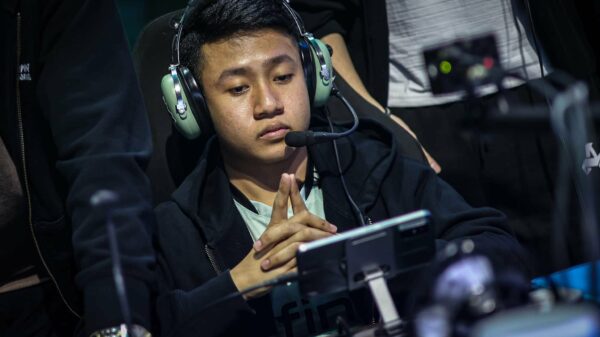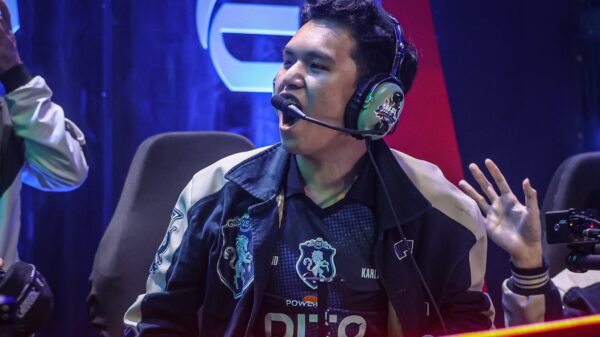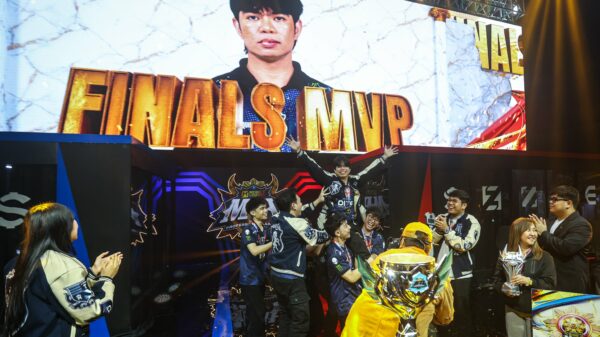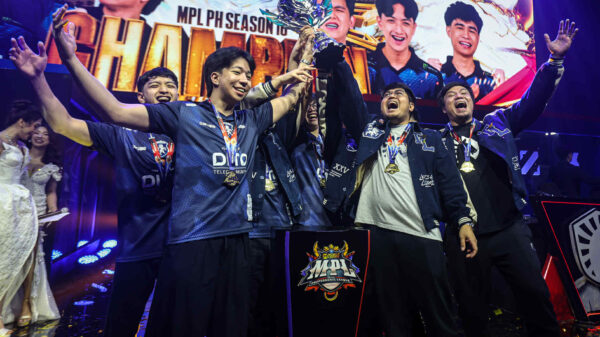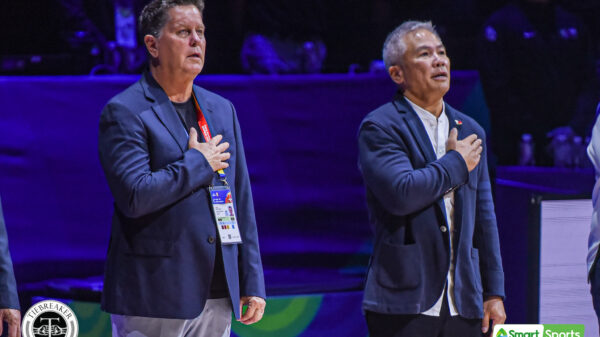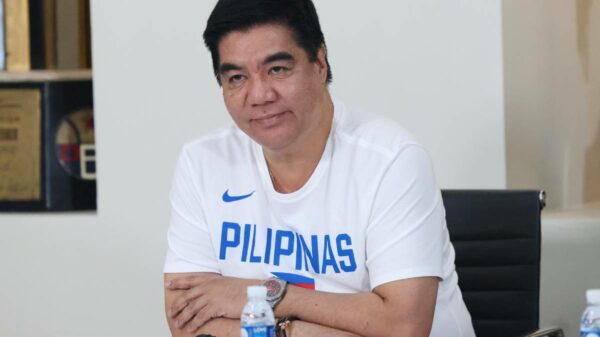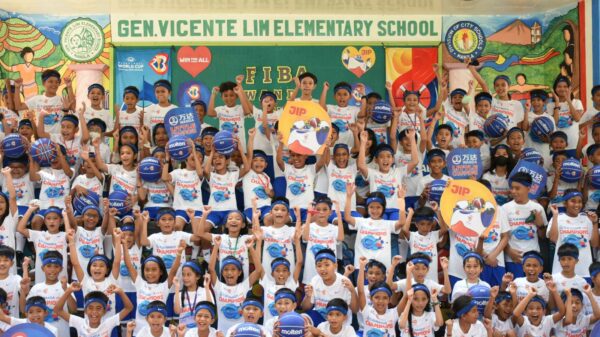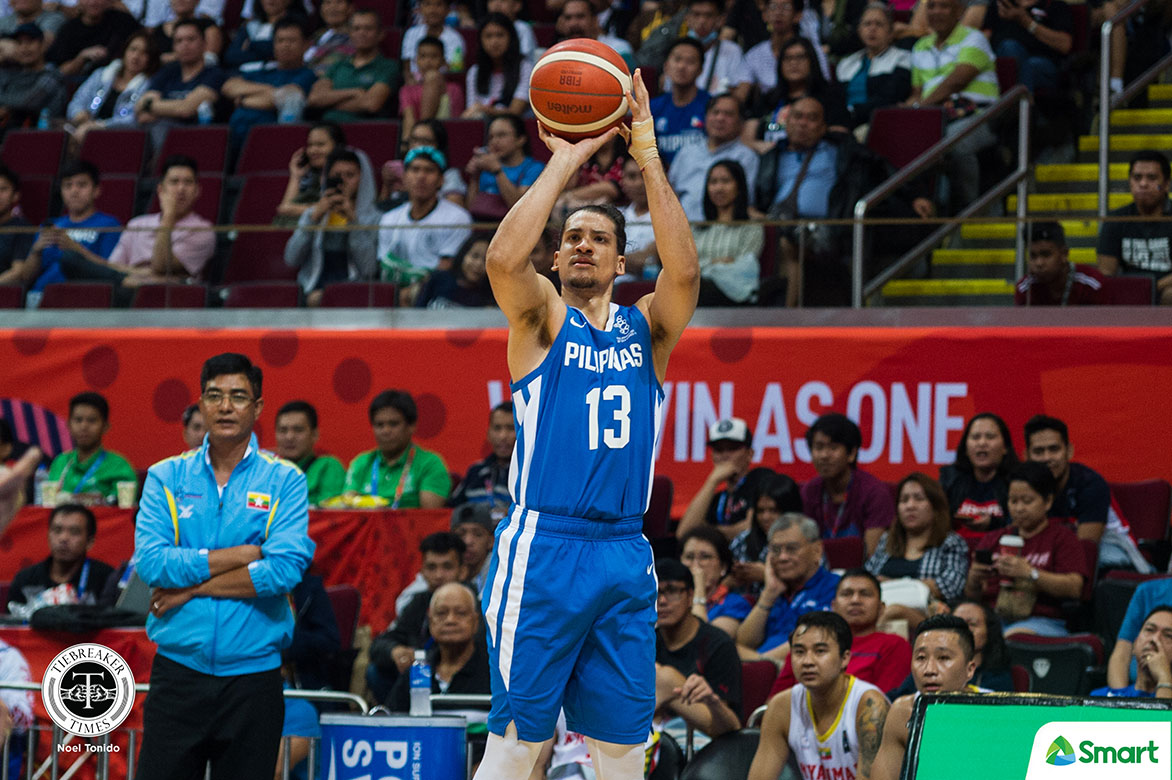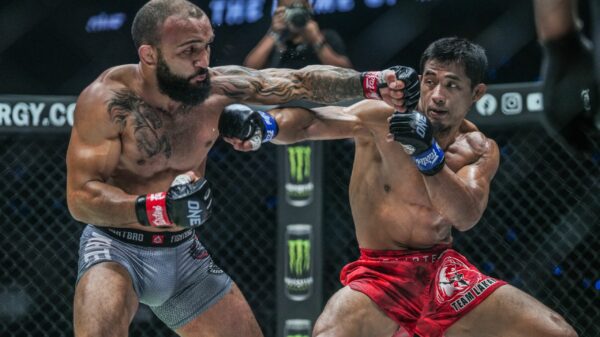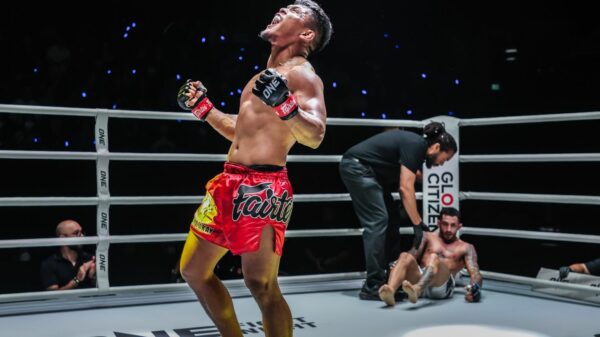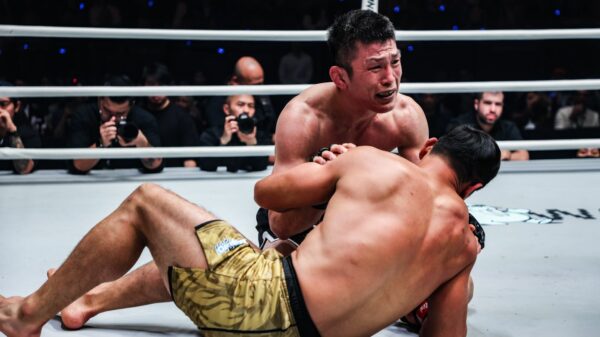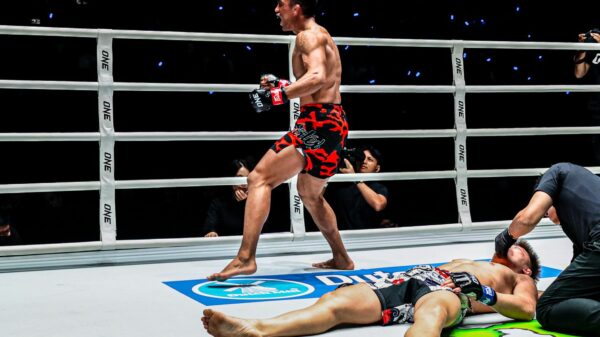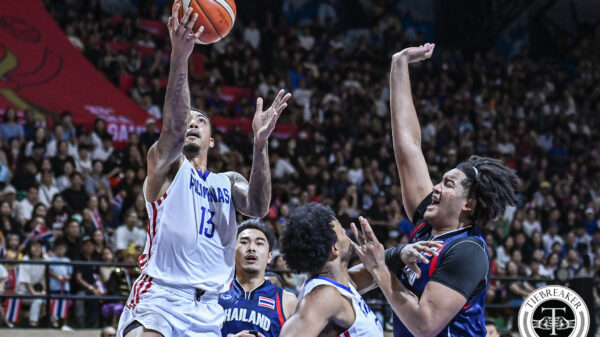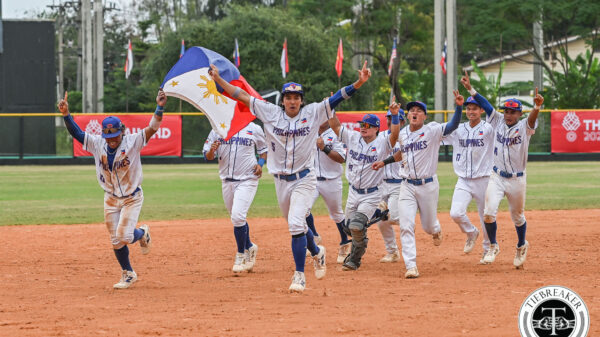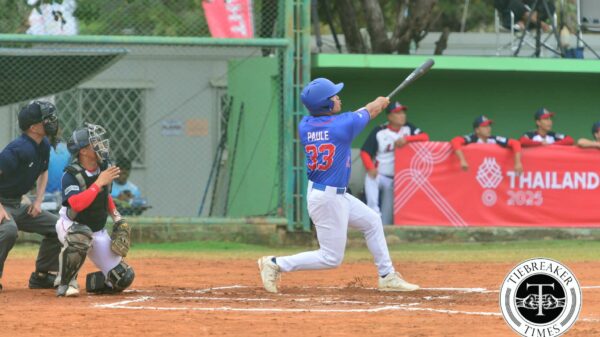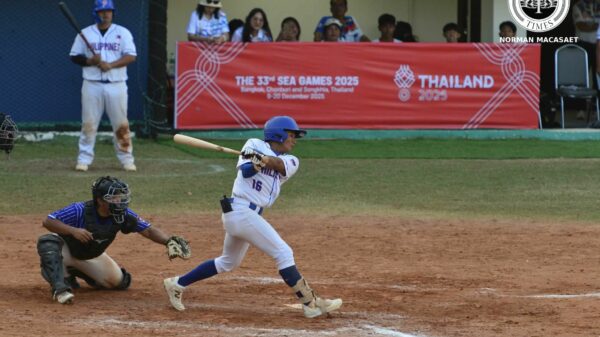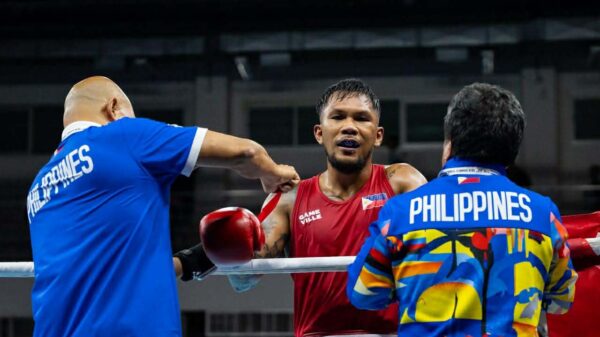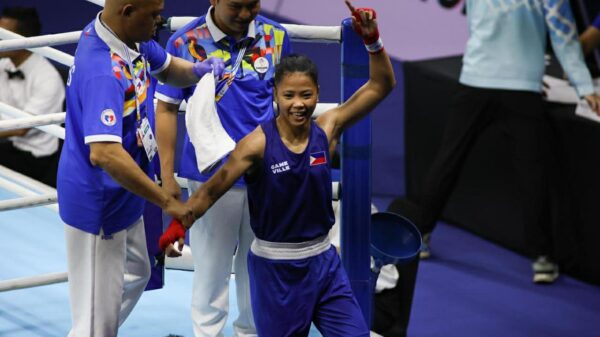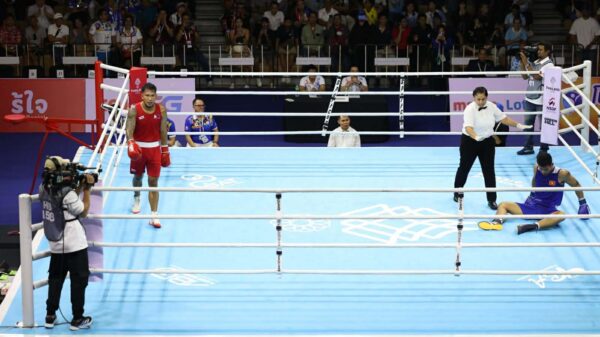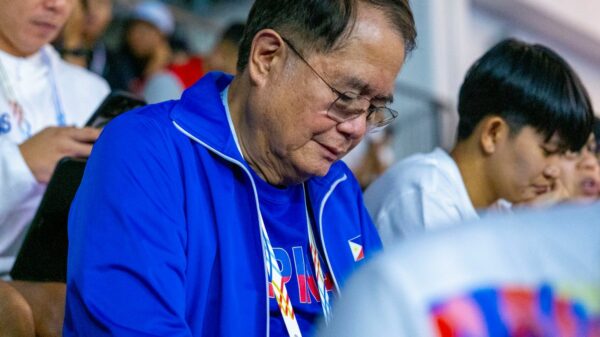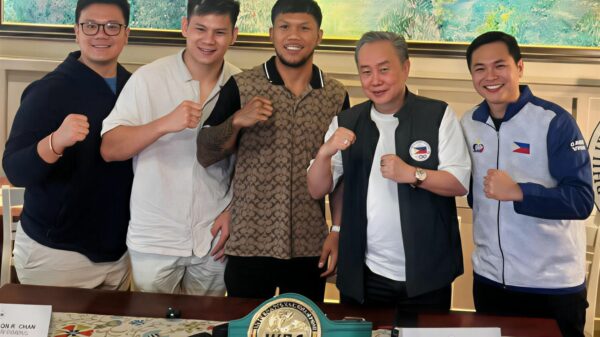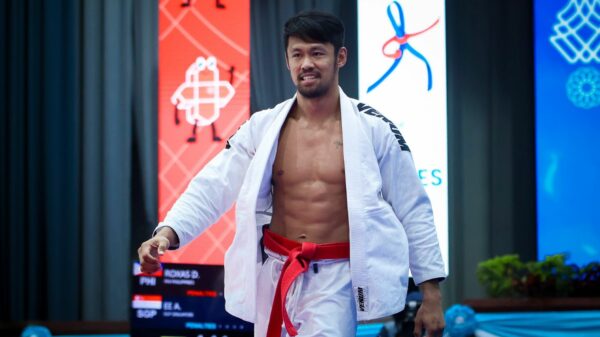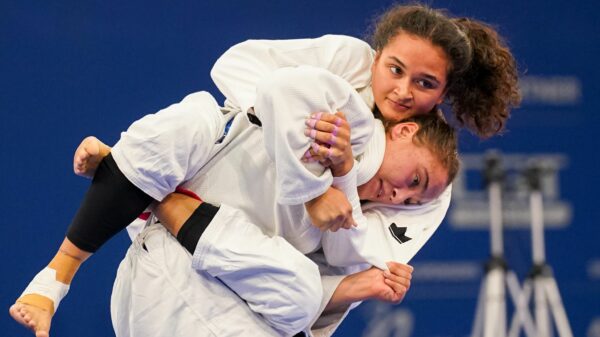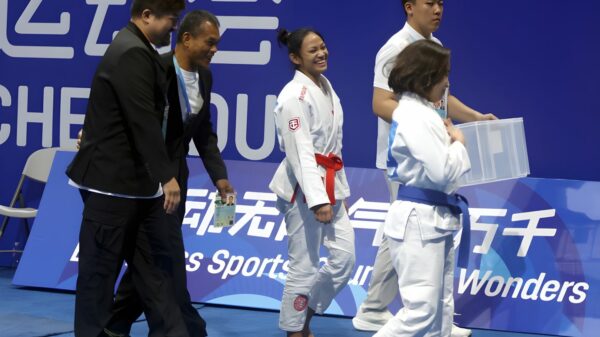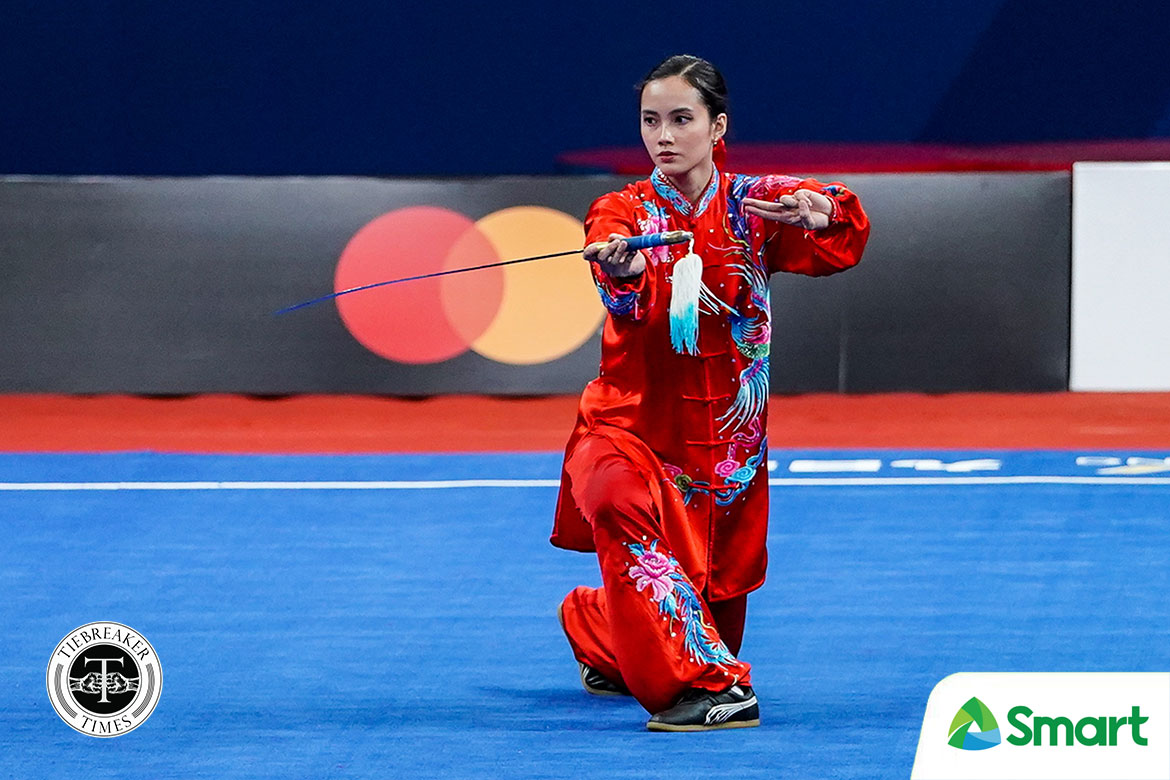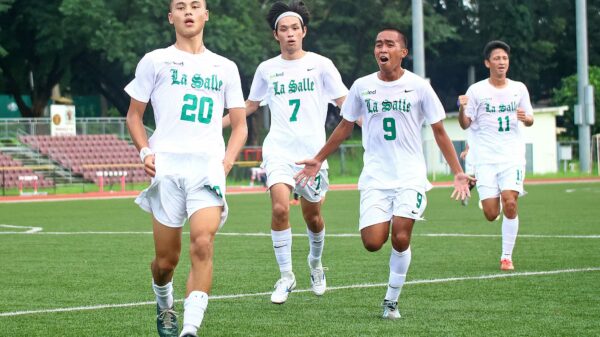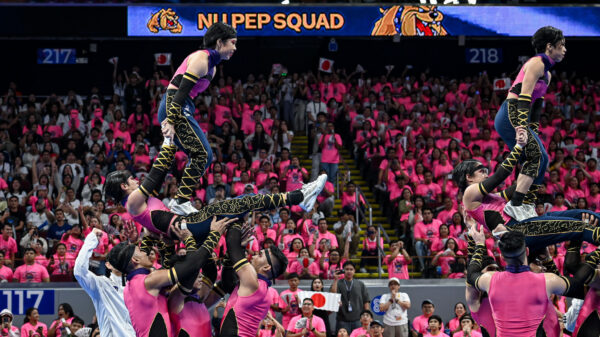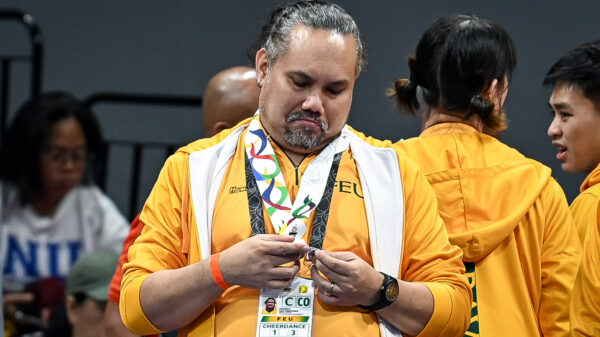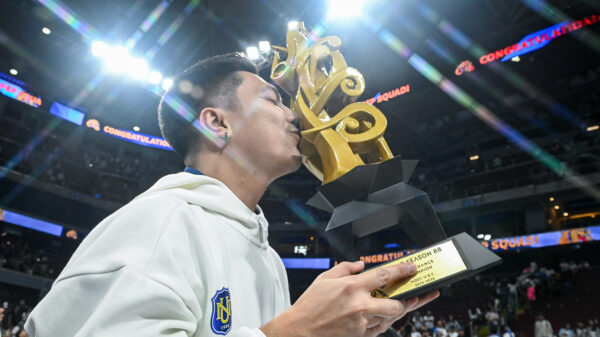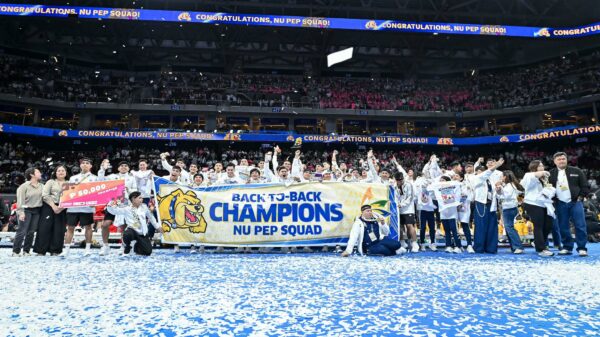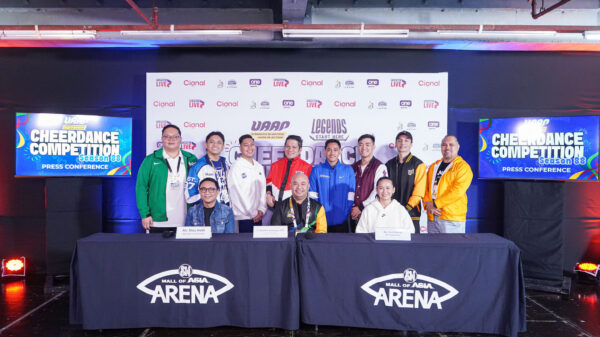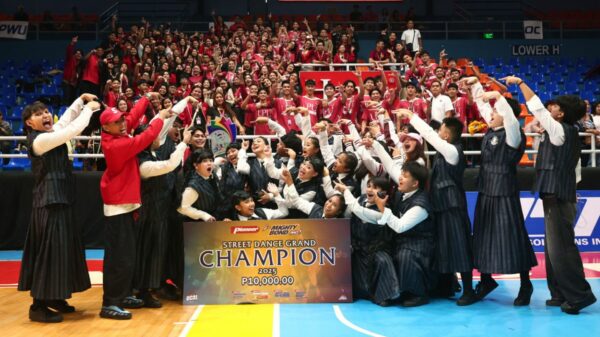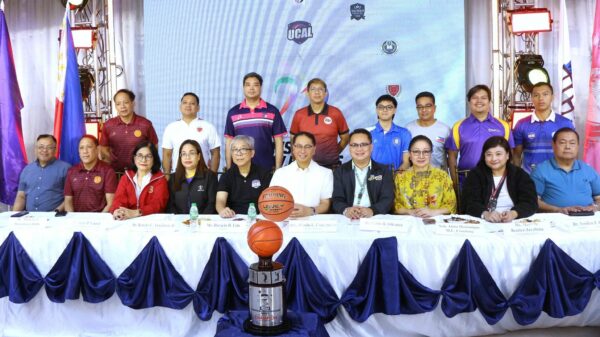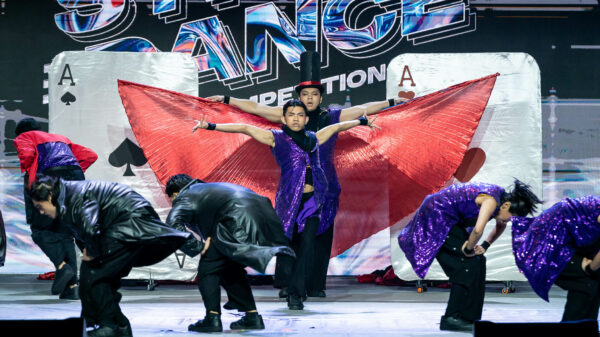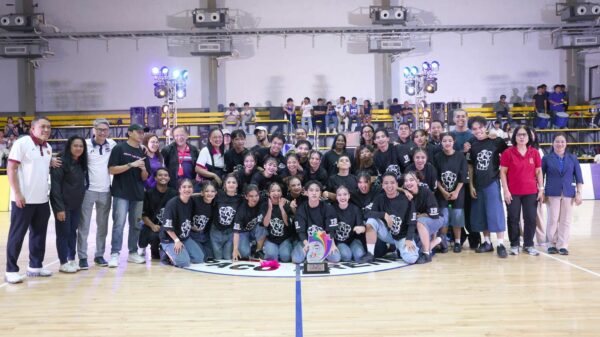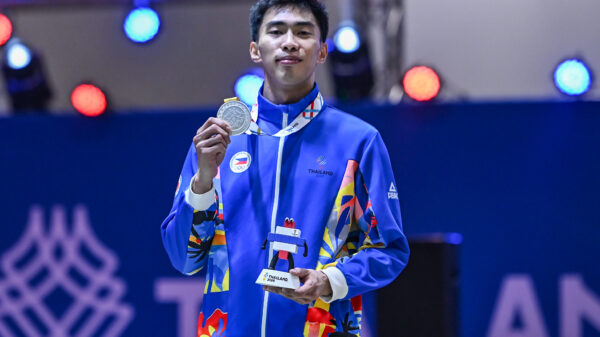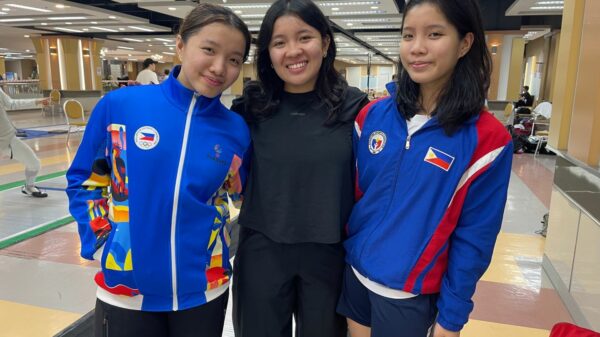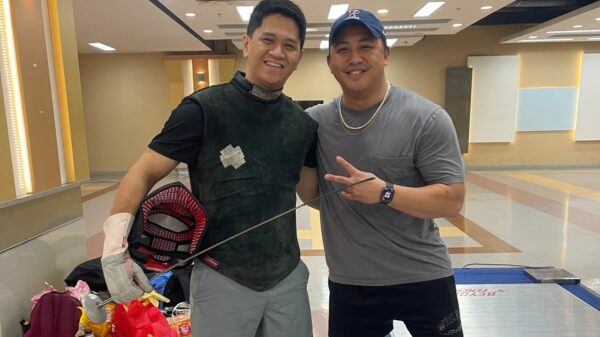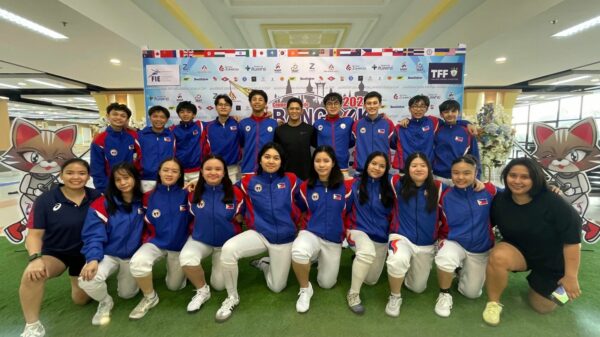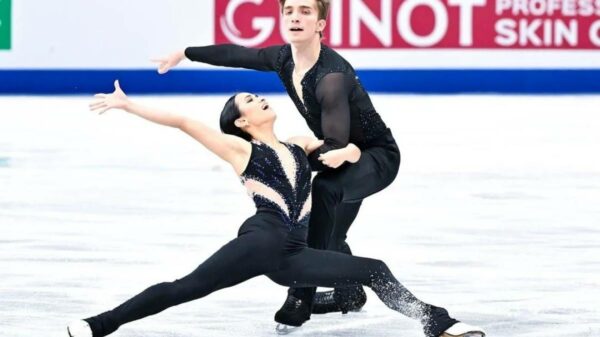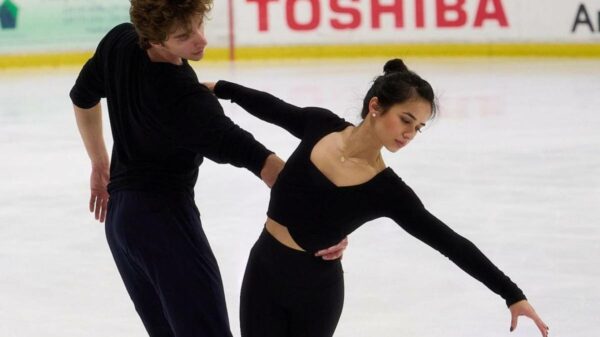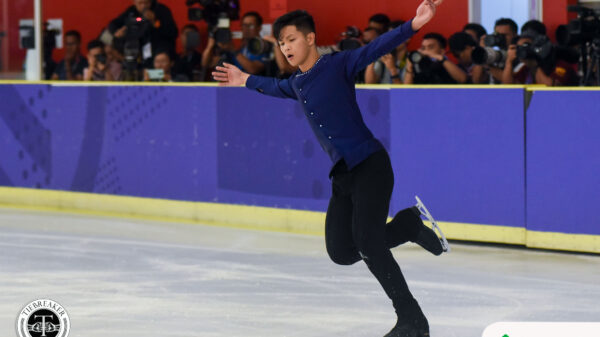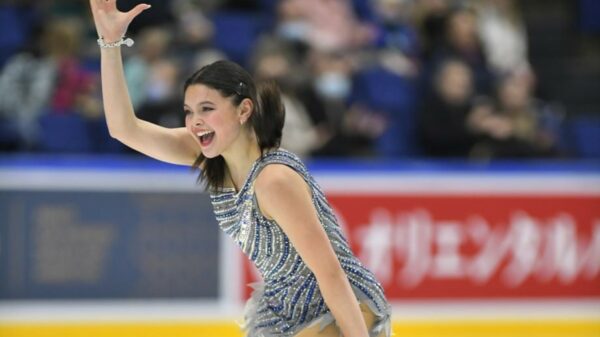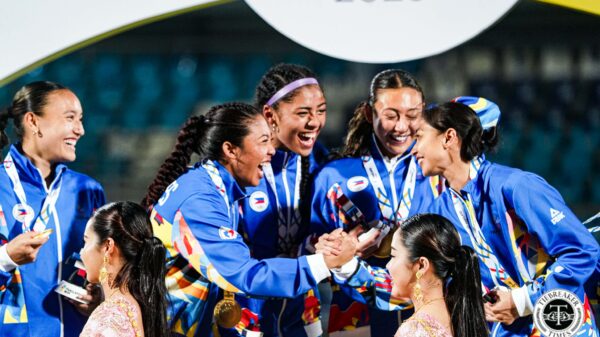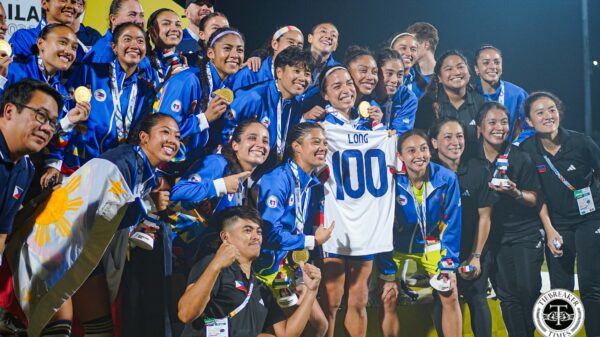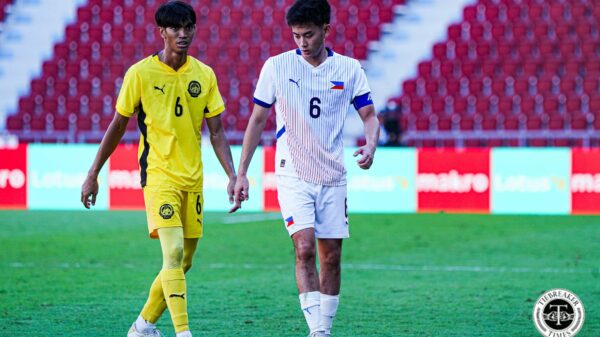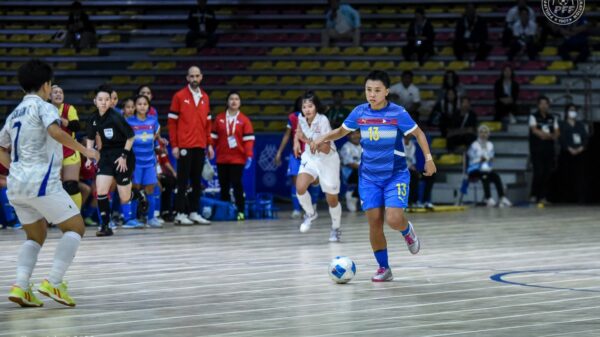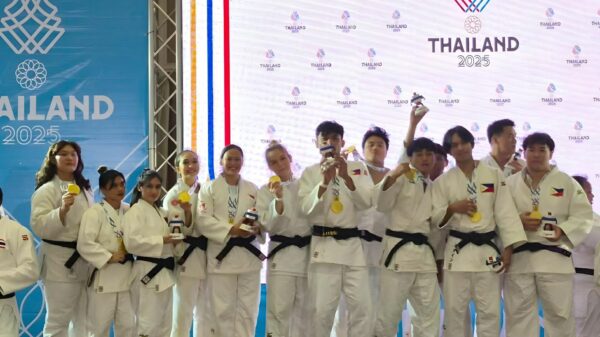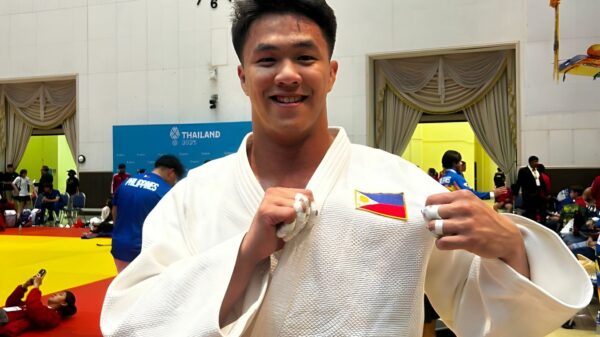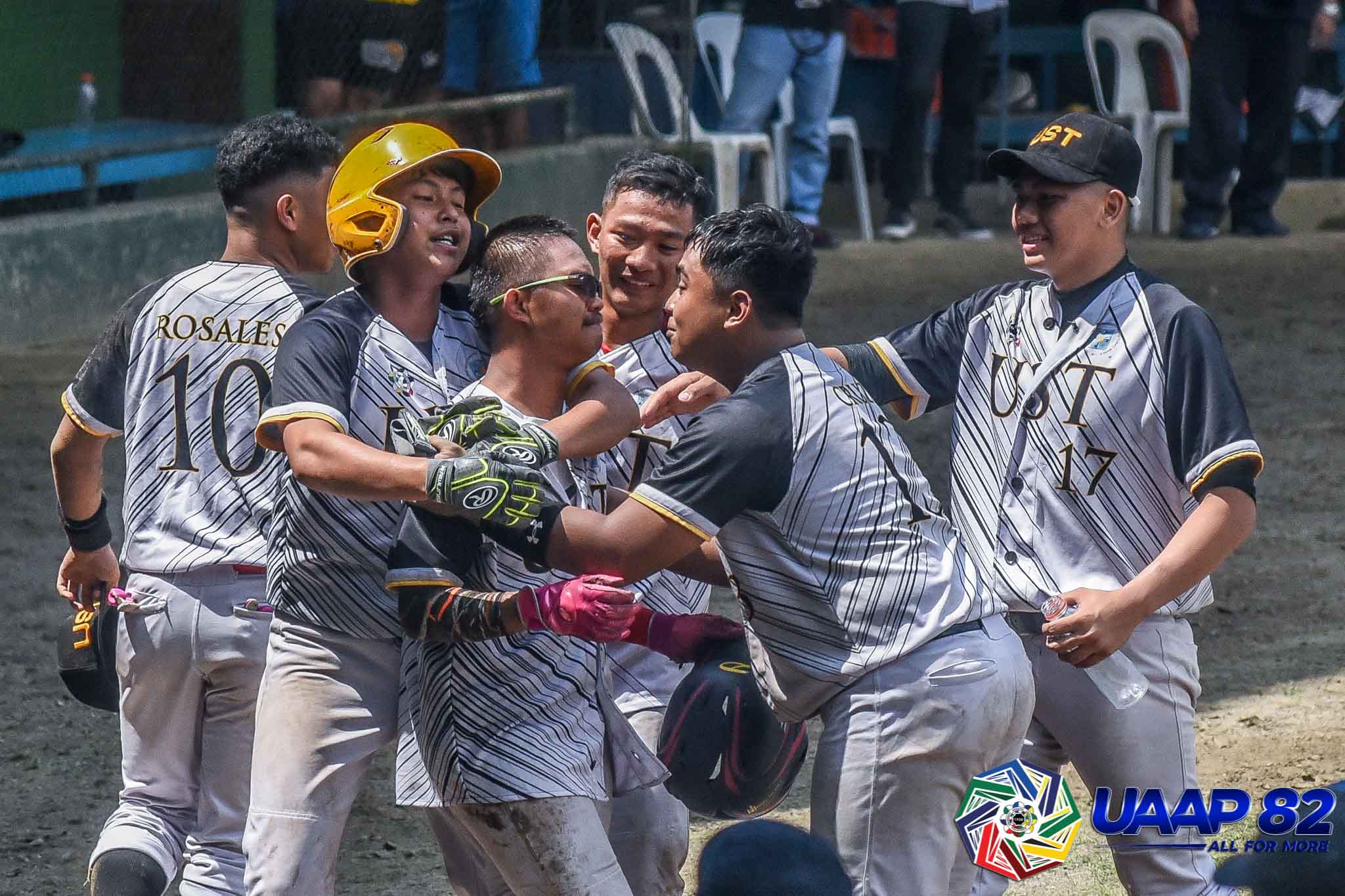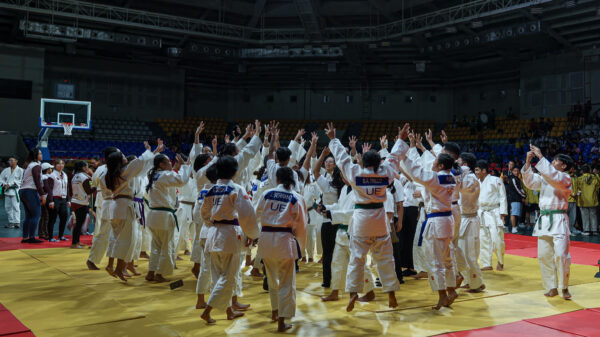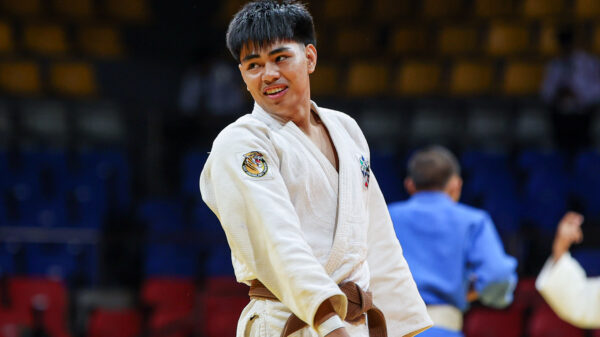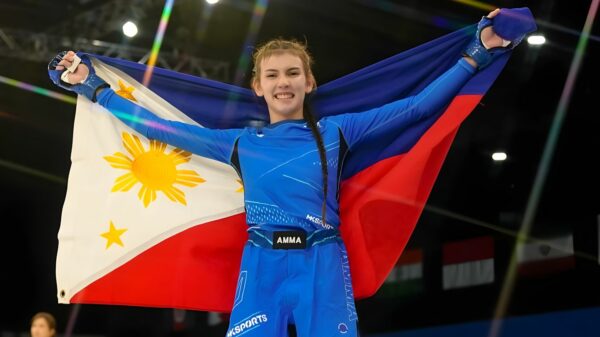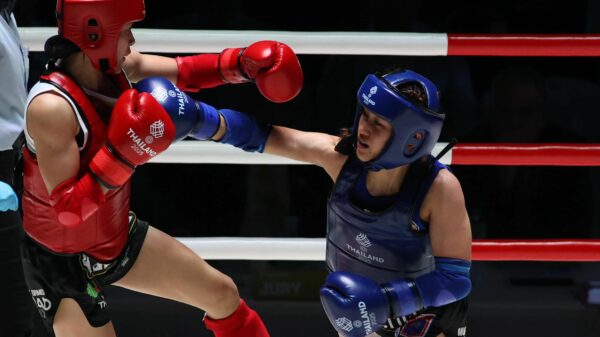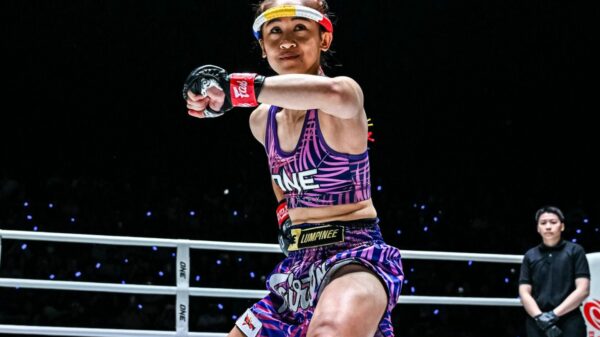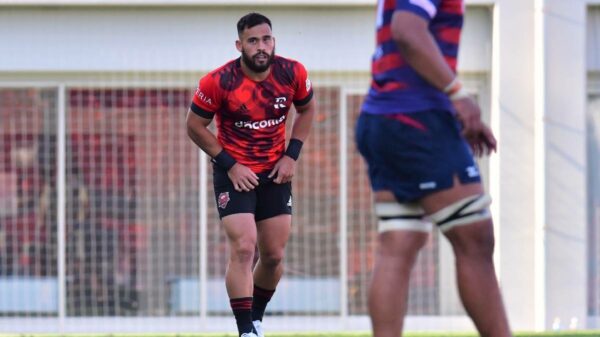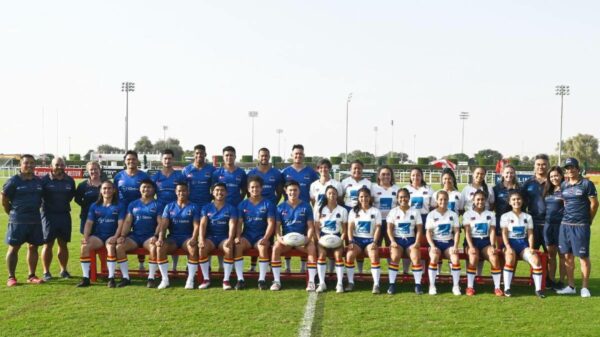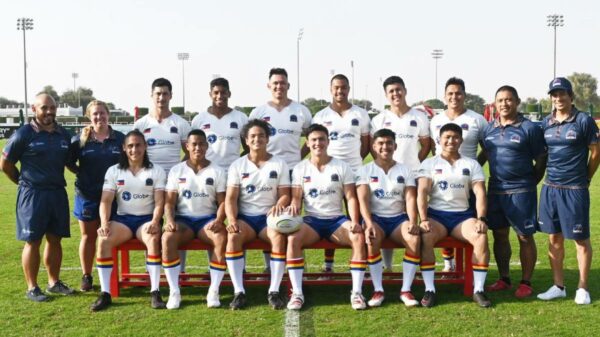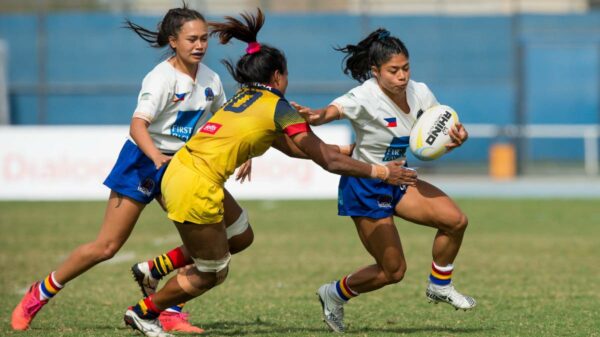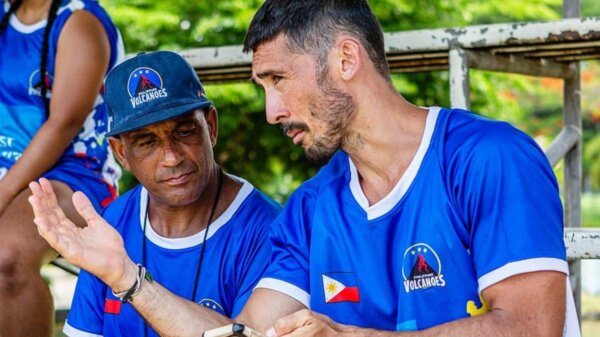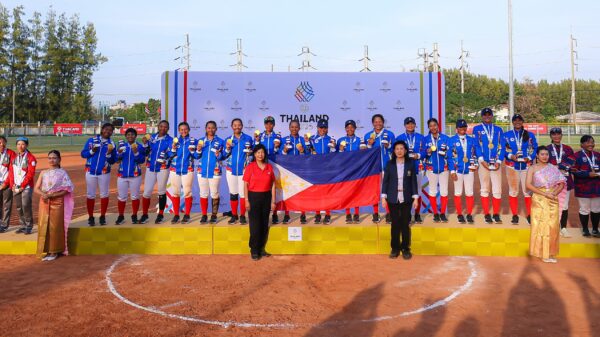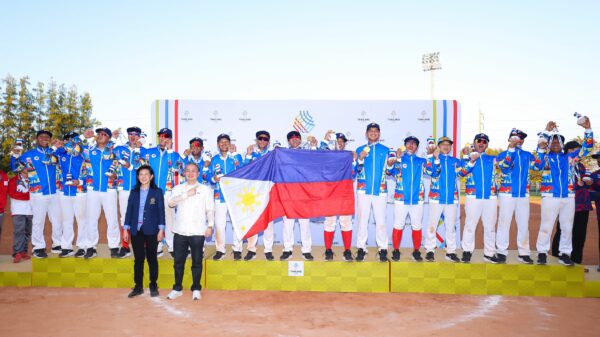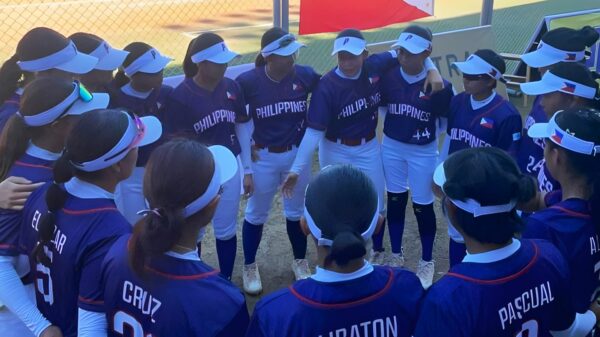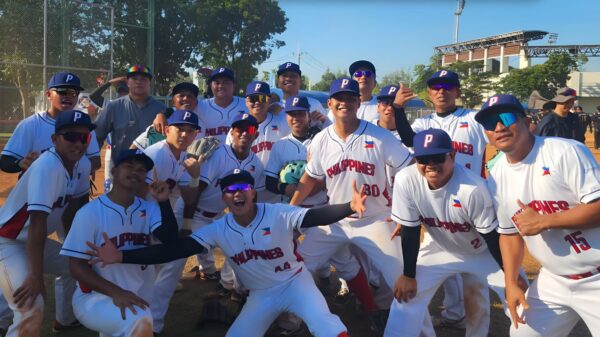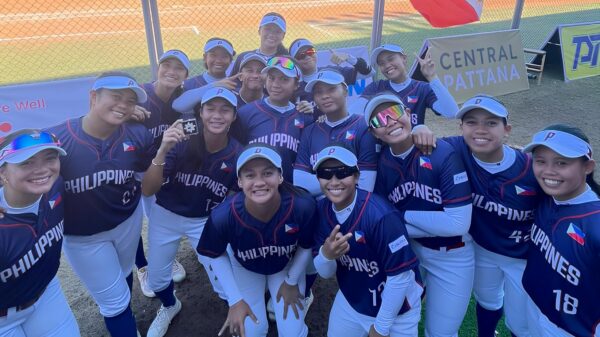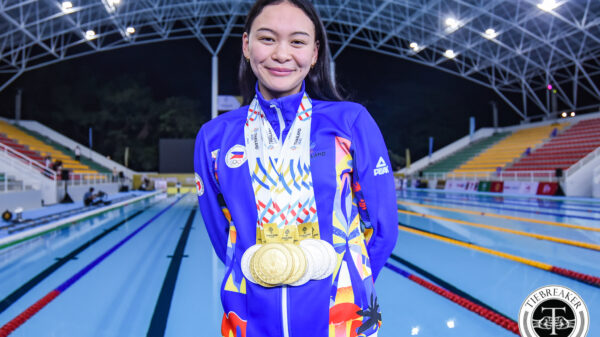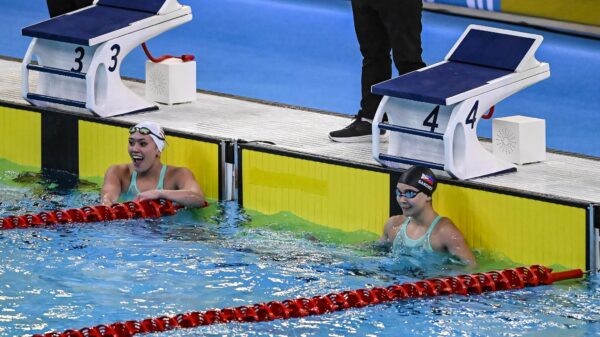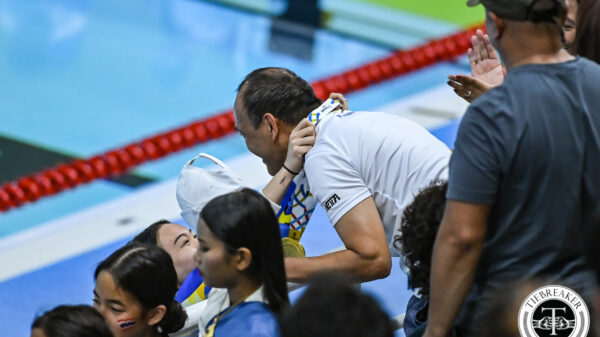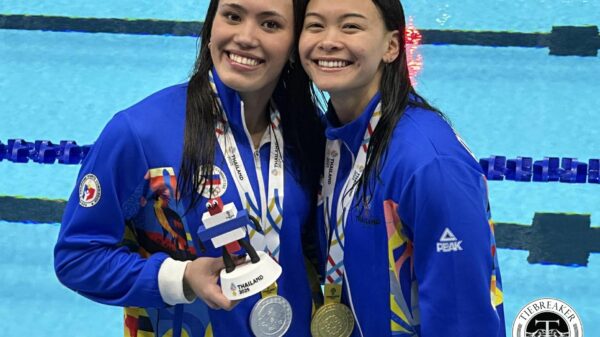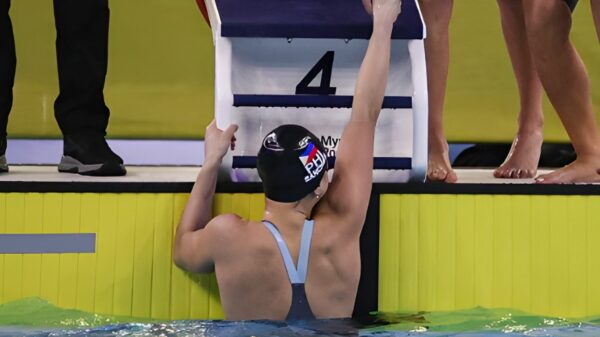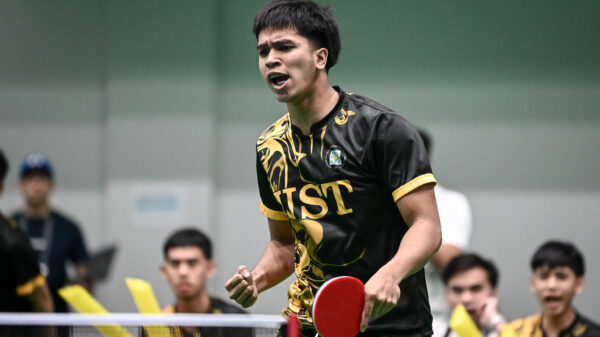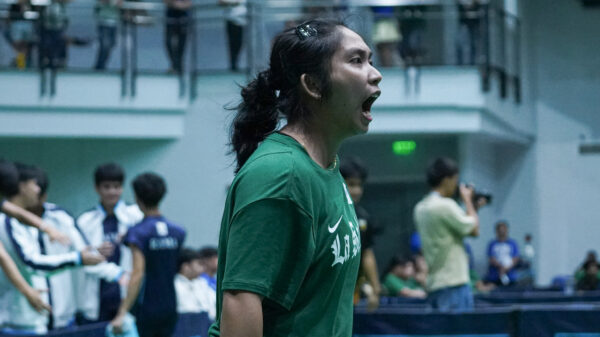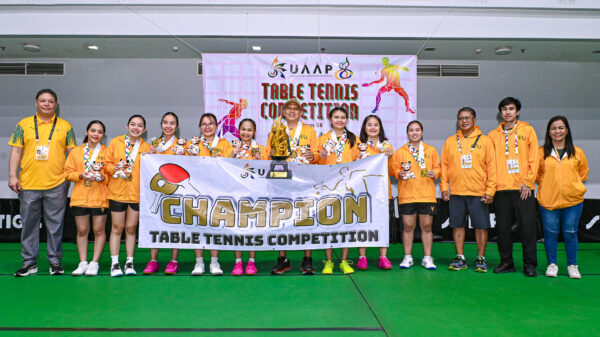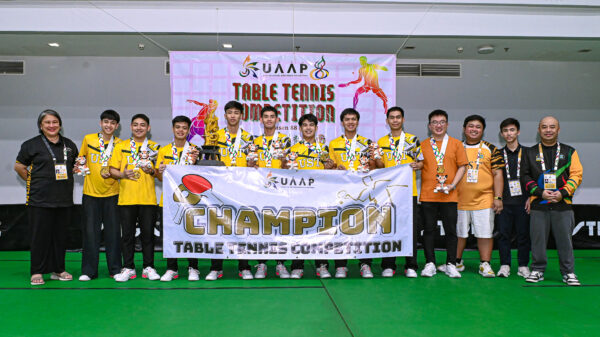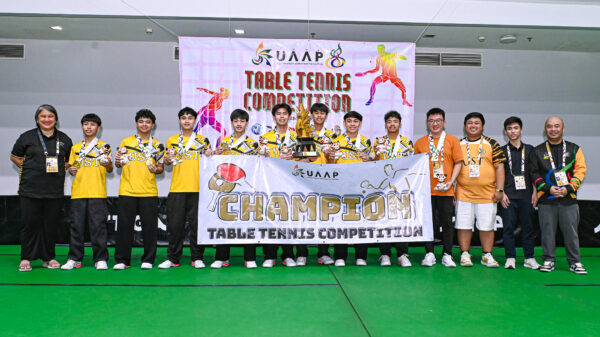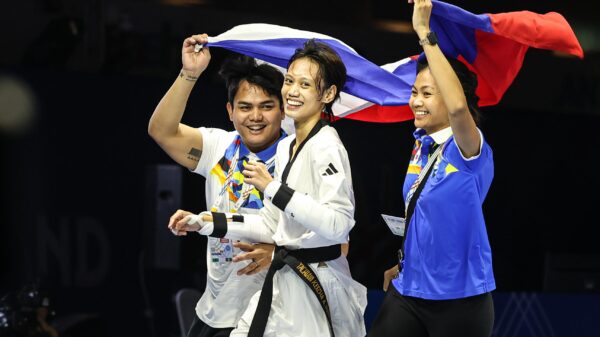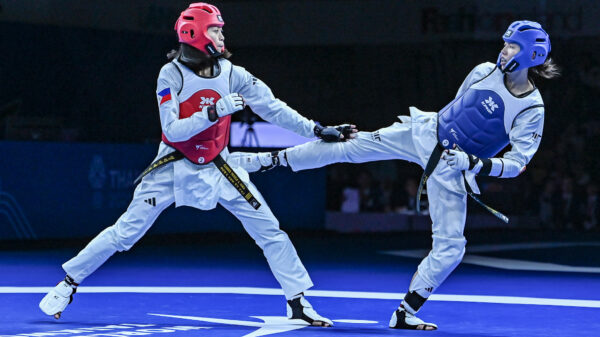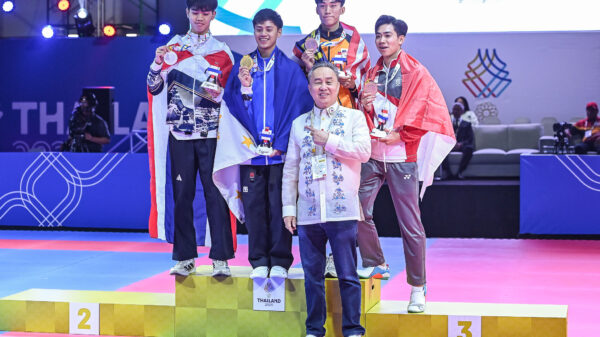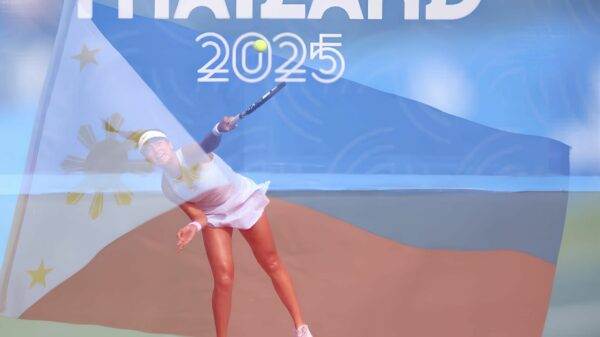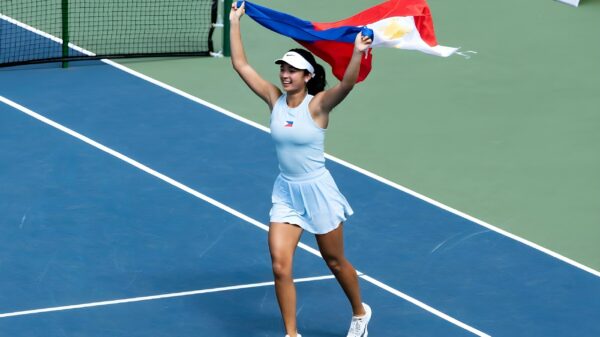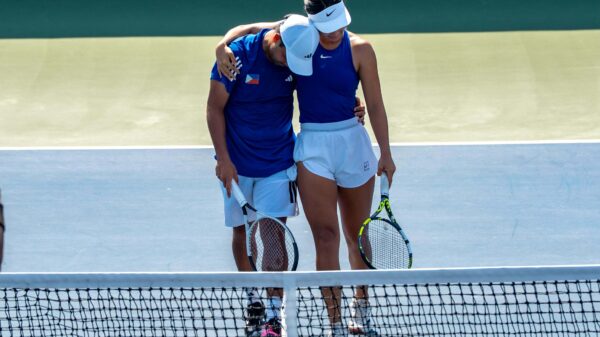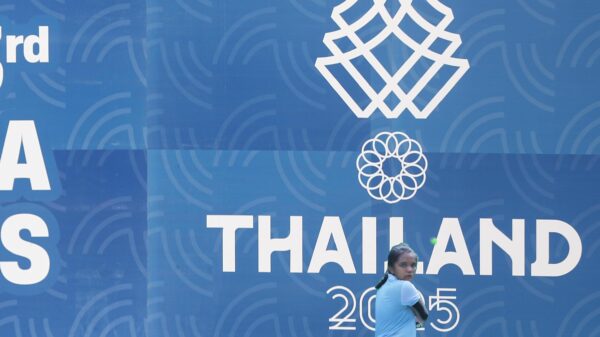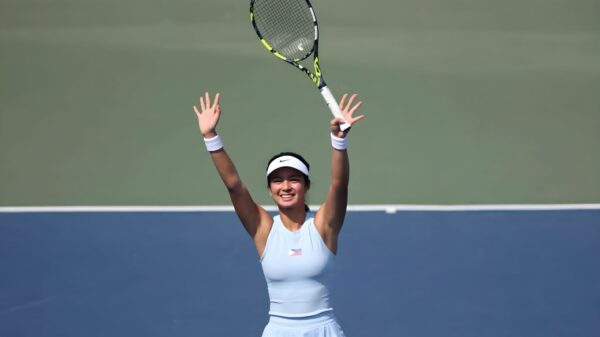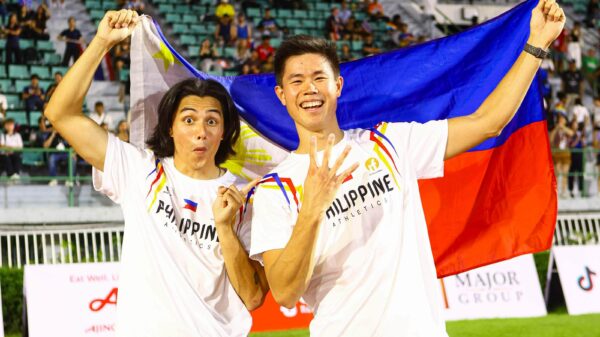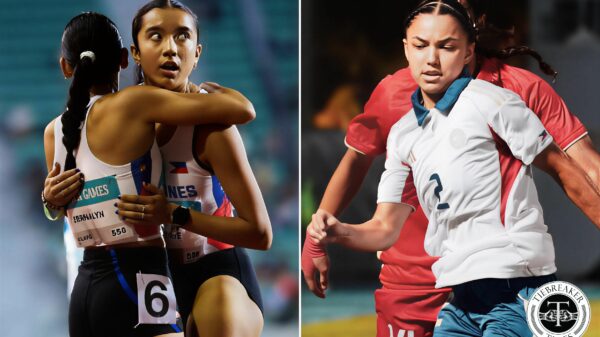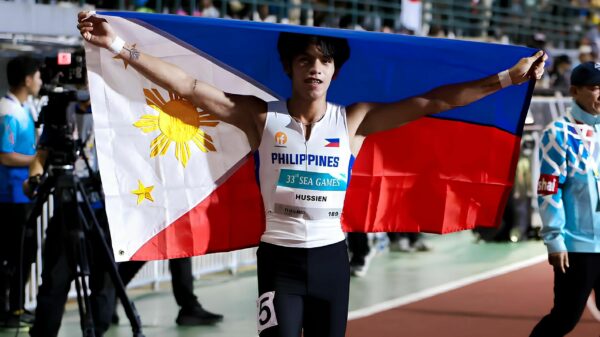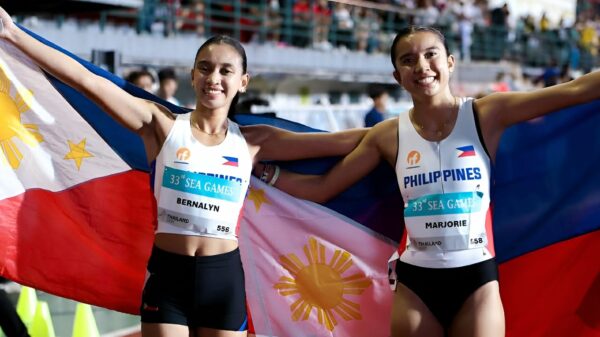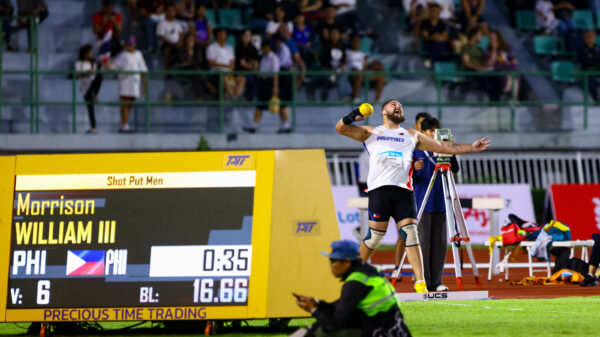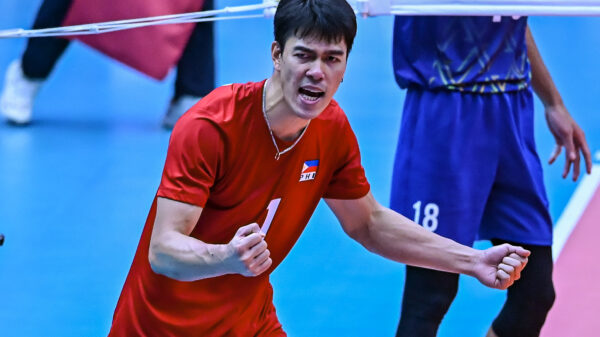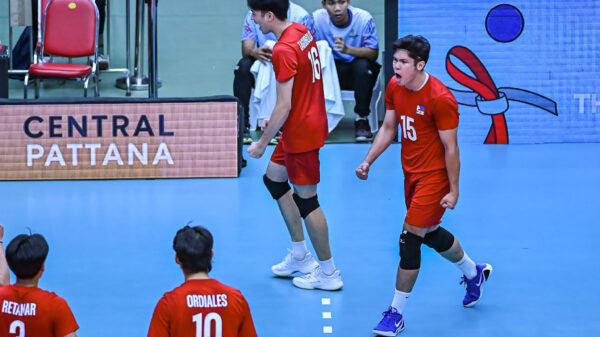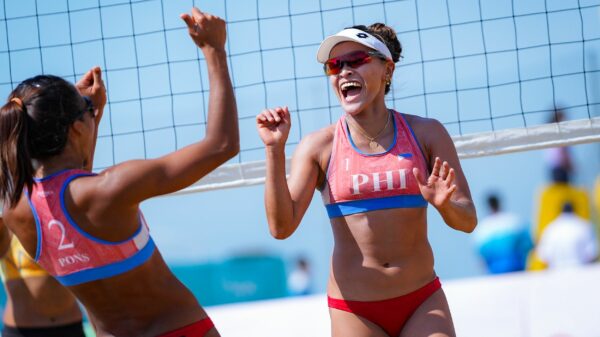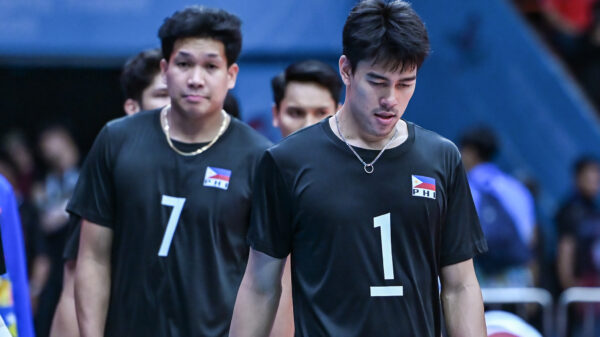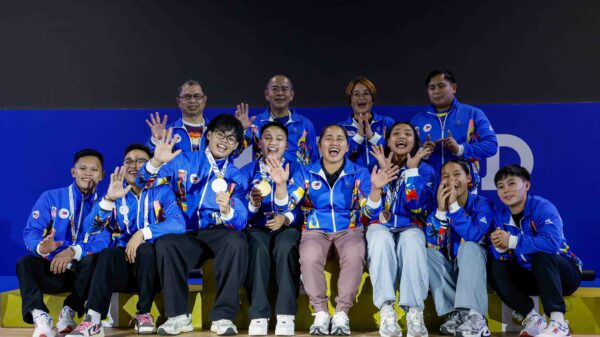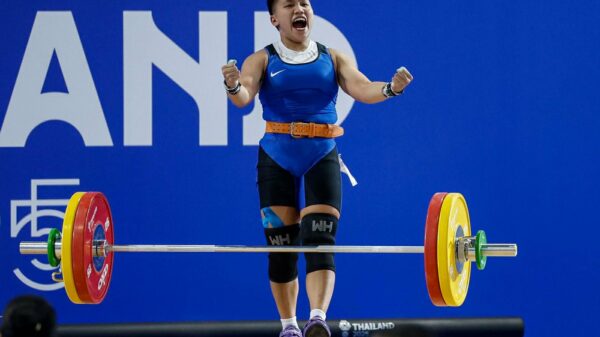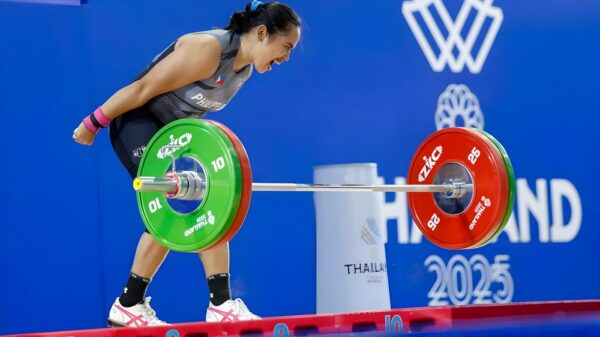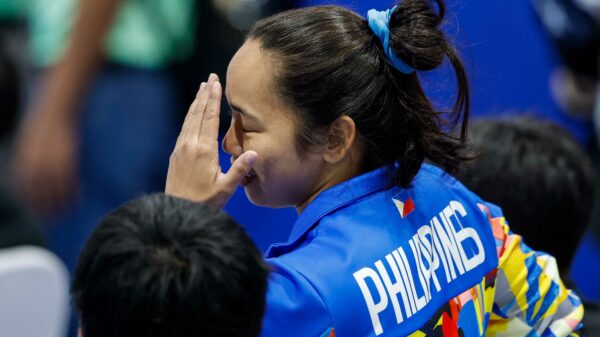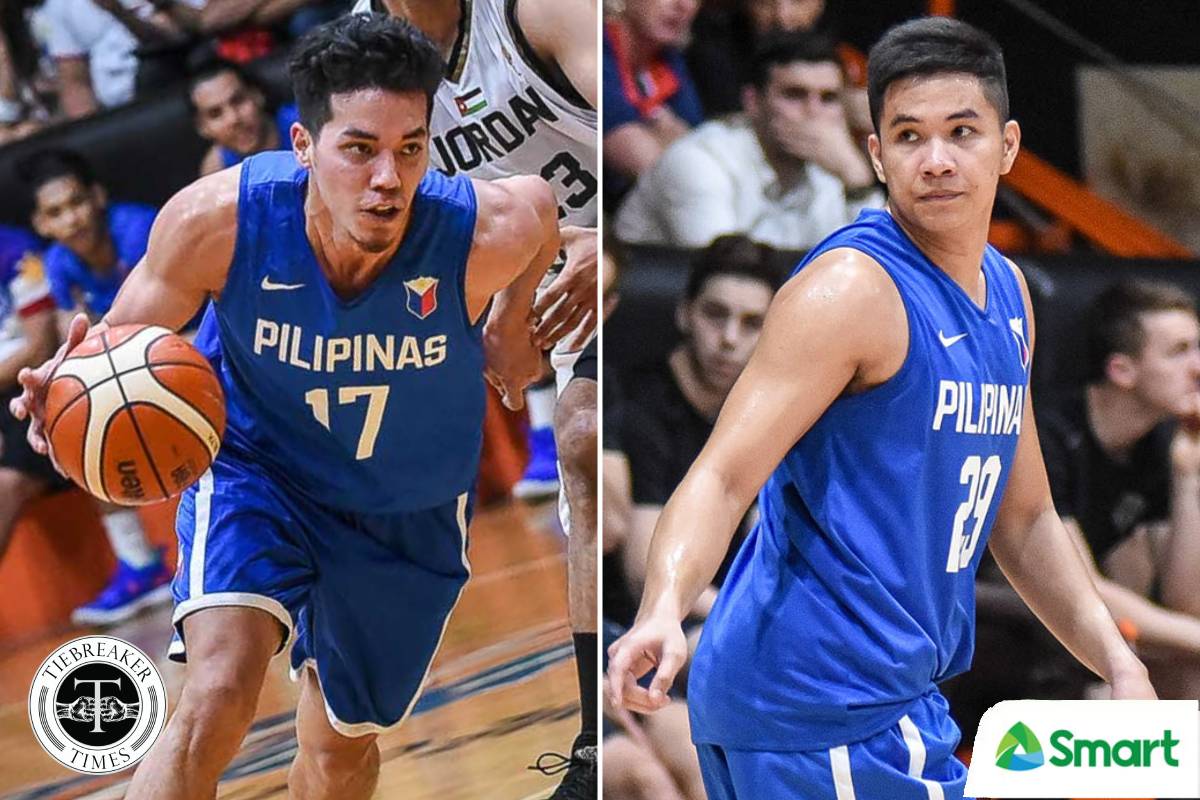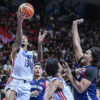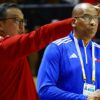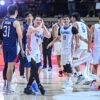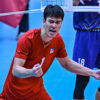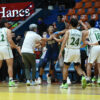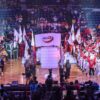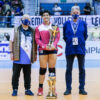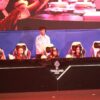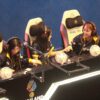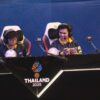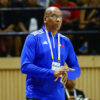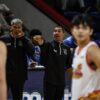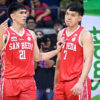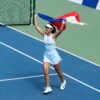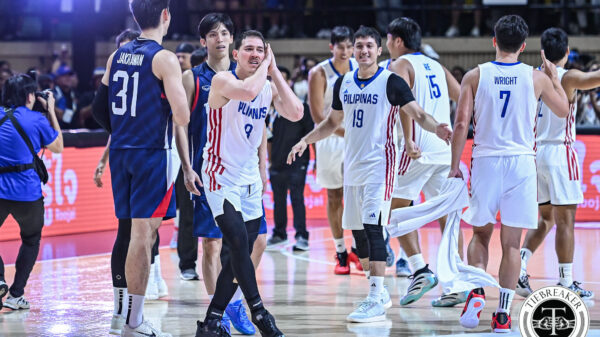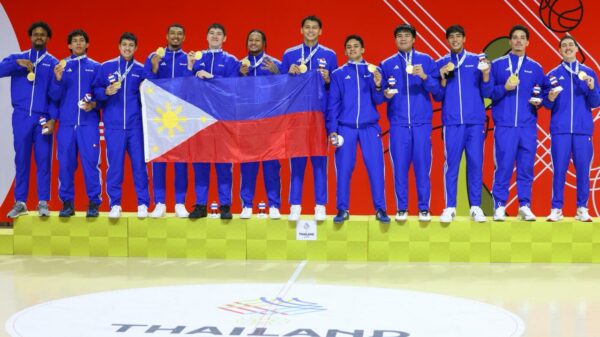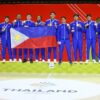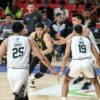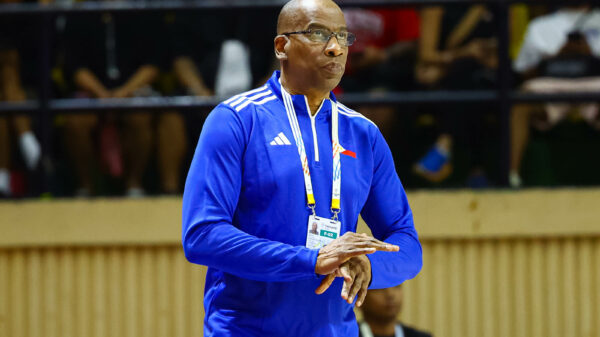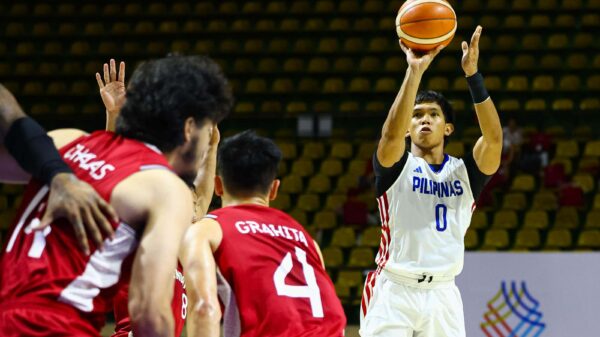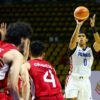Tab Baldwin has said in previous interviews that Gilas Pilipinas remains open to adding PBA players as long as they can commit to training for a long period of time to better integrate with the national team’s scheme.
This comes after an all-amateur squad turned in a remarkable performance just recently. They first swept the 2021 FIBA Asia Cup Qualifiers’ third window in Clark; then competed in the Olympic Qualifying Tournament in Serbia.
But really, how long is long?
“I don’t think we can continue to fool around with this notion,” he told Radyo5’s Power and Play, Saturday. “I think that we have to be very, very honest, and we have to be specific if we’re going to do what’s right for the program.
“So, to answer that question — it sounds like I’m almost gonna contradict myself but I’ll tell you why — the amount of time is indeterminate,” added the decorated mentor, who is also the men’s national team’s program director.
For Baldwin, the amount of time needed by PBA players to train actually varies. For instance, guys like Roger Pogoy and CJ Perez do not need to spend much, since they have already been indoctrinated with the system.
The two World Cup veterans were part of the ‘hybrid’ Gilas crew that saw action in the Asia Cup Qualifiers’ first window back in February 2020. There, they drubbed Indonesia by 30 on Timnas’ home soil.
“If we’re talking about somebody like Roger Pogoy, CJ Perez, who were in the system last year and spent time with us… They know much of the system, they know the defensive principles,” he said.
“I can tell you that it isn’t a week or 10 days, I can tell you it’s a lot longer than that. But I can also tell you that Thirdy or Roger Pogoy or CJ Perez might be able to come in in a week, and consume everything.”
What about those who are completely new?
For example, said Baldwin, players like Matthew Wright would need to be with the Nationals longer. Although he has been part of previous Gilas teams, he has much to learn about the new program’s systems.
“If you’re talking about somebody like Matthew Wright — who I love and he would love to be in the program from the discussions we’ve had — he needs to be in longer,” said the American-Kiwi bench tactician.
“It’s nothing personal against Matthew. It doesn’t have anything to do with where he comes from. If we’re talking about Dalph Panopio, it’s the same thing,” Baldwin added.
“They’re gonna need to spend more time in there because they have more to learn.”
But then, it also depends on how the players pick up what they need to learn. That adds more difficulty to provide a definite answer to the question of how long really do the players, especially the pros, need to practice.
“But again, it comes down to the individual. Maybe not, maybe they just don’t learn quickly, either. So it’s impossible to answer that question,” Baldwin said.
“The safe answer is a long time. That’s the safe answer.”
Still, Baldwin made it clear that the pros remain integral to the program. The bemedaled coach said that having more experienced players would mean much for a team as young as the ones he currently handles.
“I really think that there’s a talent level in the PBA that if we have access to any number of players, and have time to bring them in, they would certainly be an upgrade to our system,” the 63-year-old said.
“And they’re gonna allow us to take our younger players… [To take] some of the pressure of performance off them and put them in a position where they could be, I guess, students of the older, more experienced players.”
Having pros in the program, added Baldwin, would also help in the continuity of the national team moving forward. It would be similar to the programs that basketball powerhouses such as Spain, Argentina, and Australia have.
“I think one thing people aren’t talking about with this current program… Let’s say we stick with these guys for three years, and that turns into five years; and all of a sudden there’s no pressure on the horizon. And we say, ‘Okay, everybody goes play professional ball now.’ What do we have now for the continuity of the program?” Baldwin said.
“There’s not… These guys are gonna replace those guys, and these guys are gonna replace those guys that replaced those guys. You know, that continuity that you’d like to see in a program. So we haven’t really prepared for that. And that’s another way in which your veteran players give you some breathing space. Because they’d roll in and they roll out, then the younger players roll up, and then they roll in and roll out,” he continued.
“And then, you have the continuity of a program. If you look at Spain, or you look at Argentina, some of these countries — Australia is another one — this is exactly how their programs work.”

